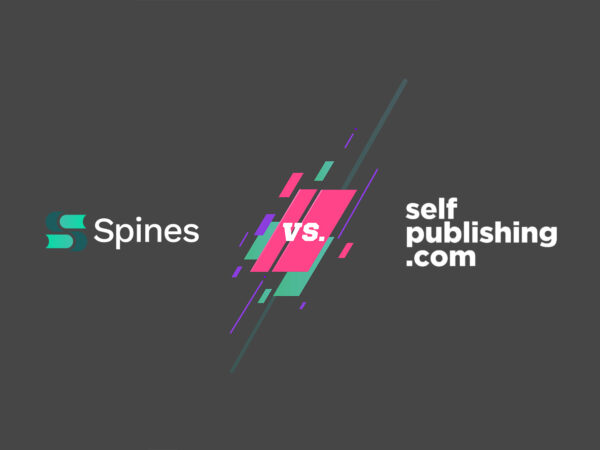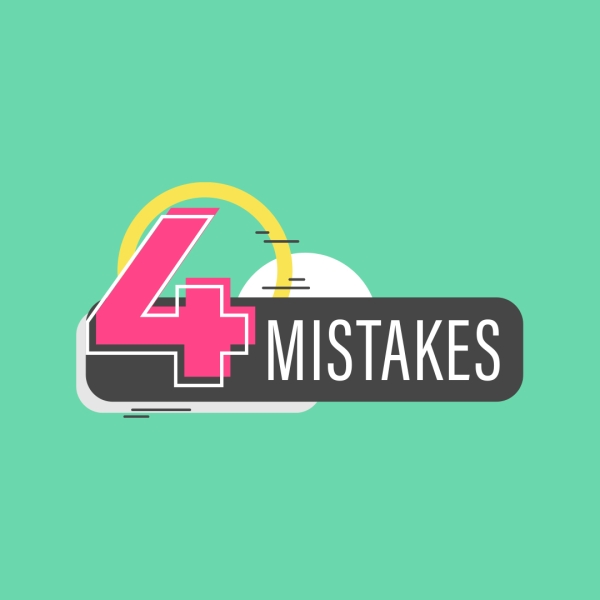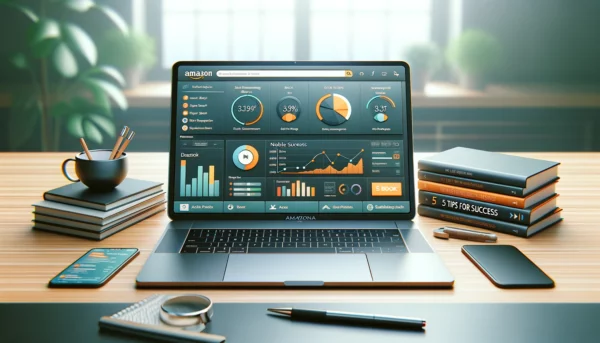In the evolving landscape of the publishing industry, self-publishing has emerged as a powerful avenue for authors to bring their work directly to readers without the intermediation of traditional publishing houses. This paradigm shift has democratized the publishing process, enabling a wider range of voices and stories to find their audience. Self-publishing not only offers authors complete creative control over their content but also the potential for higher earnings through direct sales and personalized marketing strategies.
Central to the financial aspect of self-publishing is the concept of book royalties, which represent the author’s earnings from the sale of each book. Unlike traditional publishing, where royalties are often a small percentage of the book’s sale price due to various intermediaries, self-publishing can afford authors significantly higher book royalty rates. Understanding how book royalties are calculated in the self-publishing context is crucial for authors to optimize their pricing strategy, manage production costs, and ultimately maximize their profits. This article will delve into the mechanics of book royalties calculation in self-publishing, laying the groundwork for authors to navigate the financial intricacies of bringing their work to market.
Understanding Book Royalties
Book royalties are essentially the author’s share of the proceeds from the sale of their book, serving as the primary means by which writers earn money from their published works. These royalties are typically a percentage of the book’s selling price, either the list price (the price set by the publisher or self-publishing author for the book’s sale) or net sales (the actual revenue generated after deducting discounts, returns, and sometimes distribution costs).
In traditional publishing, the royalty rate is often negotiated between the author and the publishing house as part of the publishing contract. These rates can vary widely but generally hover around 10-15% for print books and can be higher for ebooks due to lower production and distribution costs. However, the actual earnings for the author can be significantly less after the publisher, distributor, and retailer have taken their shares.
Your Publishing Journey Awaits – Start NowConversely, self-publishing platforms, such as Kindle Direct Publishing or Noble Press, offer higher royalty rates, sometimes up to 60-70% of the list price for digital books, and a varying rate for print on demand books, depending on the printing costs. This higher percentage is possible because self-publishing reduces the number of intermediaries between the author and the reader, allowing the author to retain a larger portion of the sales revenue.
Understanding these key terms and how royalties are calculated is crucial for authors.
- The royalty rate is the percentage of sales that will be paid to the author.
- The list price is the retail price set for the book.
- Net sales refer to the revenue from book sales after deducting discounts and returns.
Grasping these concepts enables authors, especially those who choose the self-publishing route, to make informed decisions about pricing their books and to strategize effectively to maximize their earnings.
The Self-Publishing Landscape
The self-publishing landscape has transformed dramatically with the advent of digital platforms, making it easier and more accessible for authors to publish their work independently. Among these platforms, Kindle Direct Publishing (KDP) stands out as a prominent choice, allowing authors to self-publish both eBooks and paperbacks for free, reaching a vast audience through Amazon’s extensive distribution network. KDP offers competitive royalty rates, up to 70% on eBook sales in select territories, and a variable rate for paperbacks that considers printing costs.
Another notable platform is Noble Press, which, like KDP, provides authors with tools and services to publish their books with minimal upfront costs. These platforms offer various distribution options, from exclusive digital distribution to expanded distribution channels that include bookstores and libraries, enabling authors to tailor their publishing strategy to their audience and goals.
The shift from traditional publishing to self-publishing has had a profound impact on royalties and the author’s potential earnings. Traditional publishing often involves multiple stakeholders, including agents, publishers, and distributors, each taking a share of the profits, which can significantly reduce the author’s royalty percentage. In contrast, self-publishing platforms streamline the process, allowing authors to retain a larger portion of the sales revenue. This direct-to-consumer model not only increases potential earnings but also gives authors greater control over pricing, marketing, and distribution decisions.
This democratization of publishing has encouraged a wave of authors to choose the self-publishing route, drawn by the promise of higher royalties, greater autonomy, and the ability to reach readers directly. As a result, the self-publishing landscape continues to evolve, offering more opportunities and tools for authors to publish successfully and sustainably on their own terms.
Book Royalties Calculation for Self-Publishers
Calculating book royalties for self-publishers involves understanding several key factors that influence the final earnings from book sales. Unlike traditional publishing, where royalties are often a fixed percentage of the list price or net sales, self-publishing offers more flexibility but also requires authors to make more decisions that affect their royalties.
Your Publishing Journey Awaits – Start NowKey Factors Influencing Royalty Calculations:
Retail Price: The price at which the book is sold to the public. Setting a competitive yet profitable retail price is crucial, as it directly impacts royalties. A higher price might offer better royalties per sale but could reduce the total number of sales if the book is perceived as too expensive by potential readers.
Printing Cost: For printed books, the cost of printing each copy must be deducted from the retail price before royalties are calculated. Print-on-demand services, popular among self-publishers, charge a printing fee calculated based on the book’s specifications, such as page count, ink type, and paper quality. This fee is subtracted from the retail price to determine the net sales revenue.
Distribution Channels: Different distribution options can affect the royalty rate. Exclusive distribution through a single platform might offer higher royalties, while expanded distribution (making the book available through multiple retailers and libraries) might reduce the royalty rate due to the additional costs involved in reaching a broader network.
Calculating Royalties:
To illustrate, let’s assume for example that an author has self-published a paperback book with the following parameters:
Retail Price: $15.00
Printing Cost: $4.50 per copy (based on print-on-demand specifications)
Royalty Rate: 60% (offered by the self-publishing platform for sales on their primary marketplace)
The royalty per book sold would be calculated as follows:
1. Deduct Printing Cost from Retail Price:
$15.00 (retail price) – $4.50 (printing cost) = $10.50 (net revenue per sale)
2. Apply Royalty Rate to Net Revenue:
$10.50 (net revenue) x 60% (royalty rate) = $6.30 (author’s royalty per book)
Using Royalty Calculators
Many self-publishing platforms provide royalty calculators to help authors estimate their earnings based on different retail prices, book specifications, and distribution choices. By inputting the relevant details, authors can experiment with various scenarios to find the optimal balance between retail price, printing costs, and desired royalty earnings.
Understanding how royalties are calculated is vital for self-publishers to make informed decisions about their book’s pricing and distribution strategy. By carefully considering the factors that influence royalties and using available tools like royalty calculators, self-published authors can maximize their earnings and achieve greater financial success with their work.
Track Your Royalties with Spines
With Spines, an AI-publishing platform, the hassle of individually listing your book on various platforms is eliminated. Upon publishing, your work can be instantly disseminated across multiple distribution channels, including major outlets like Amazon and Barnes & Noble, all with just a single click. But Spines’ capabilities extend beyond mere distribution; it provides a unified dashboard that allows authors to monitor their royalties and performance across all these channels seamlessly. This comprehensive tracking ensures authors are always informed about their book’s reach and earnings, streamlining the management of their digital publications.
Your Publishing Journey Awaits – Start NowRetail Price and Its Impact on Royalties
Setting the right retail price for a book is a critical decision for self-publishers, as it significantly impacts both royalties and overall author earnings. The retail price is the amount customers pay to purchase the book, and it needs to strike a delicate balance between being high enough to ensure satisfactory royalties for the author, and reasonable enough to remain attractive to potential readers.
How Retail Price Affects Royalties:
The retail price directly influences the royalty amount per book sold. In self-publishing, royalties are often a percentage of the net sales revenue, which is the retail price minus any printing and distribution costs. A higher retail price can potentially lead to higher royalties per sale, assuming the book continues to sell well at the increased price. However, setting the price too high may deter potential buyers, leading to fewer sales and, consequently, lower total earnings despite the higher royalty per sale.
Strategies for Pricing Your Book:
- Competitive Analysis: Research the pricing of similar books in your genre or niche. This helps in understanding what readers are willing to pay and ensures your book is competitively priced.
- Understand Your Audience: Consider the purchasing power and expectations of your target audience. Pricing a book too high for its intended audience can limit its accessibility and reduce sales.
- Consider Book Length and Quality: Longer or more comprehensive books, or those with special features (such as color illustrations), can often command higher prices. Ensure the price reflects the value offered to the reader.
- Test Different Prices: Some self-publishing platforms allow authors to adjust their book’s retail price. This flexibility can be used to experiment with different pricing strategies to find the optimal price point that maximizes both sales volume and royalty earnings.
- Factor in Distribution Channels: If you’re using expanded distribution channels, consider that additional fees or lower royalty rates may apply. The retail price might need to be adjusted to accommodate these factors while still ensuring satisfactory earnings.
By thoughtfully setting the retail price, self-publishers can enhance their book’s marketability, ensure fair compensation for their effort, and optimize their financial returns. A well-priced book not only attracts a wider audience but also maximizes the author’s profitability in the competitive world of self-publishing.
Maximizing Book Sales and Royalties
Maximizing book sales and royalties is a multifaceted endeavor for self-publishers, requiring strategic marketing, careful platform selection, and an understanding of production options. Here are some tips and considerations for enhancing your book’s financial success:
Marketing and Promotion:
- Build an Online Presence: Utilize social media, blogging, and email newsletters to connect with potential readers. An engaged audience is more likely to purchase your book and recommend it to others.
- Leverage Book Reviews: Encourage reviews from readers and seek out bloggers or influencers in your genre to review your book. Positive reviews can significantly boost credibility and visibility.
- Run Promotions: Consider time-limited discounts, giveaways, or Amazon’s Kindle Countdown Deals (if using KDP) to increase visibility and drive sales. These promotions can help your book climb the rankings, leading to increased exposure.
Choosing the Right Platform and Distribution:
When selecting a self-publishing platform, it’s important to consider the variety of royalty structures, marketing tools, and distribution networks available. Each platform has its unique advantages and limitations, so it’s crucial to choose one that best aligns with your book’s genre and your own marketing capabilities. Furthermore, the type of distribution you opt for can significantly impact your book’s reach and earnings. Wide distribution expands your book’s availability across multiple platforms, potentially increasing its audience but often at the cost of lower royalty rates.
Your Publishing Journey Awaits – Start NowOn the other hand, exclusive distribution options, like Amazon’s KDP Select, can offer higher royalties and access to powerful promotional tools, but they require you to limit your book’s availability to a single platform. Balancing these factors is key to maximizing your book’s success in the self-publishing landscape.
Print on Demand (POD) vs. Traditional Print Runs:
POD Advantages: POD services, like those offered by Amazon’s CreateSpace or IngramSpark, eliminate the need for large upfront investments and reduce the risk of unsold inventory. Royalties per sale might be lower due to printing costs, but POD allows for more flexible inventory management and can be more profitable in the long run for self-publishers with fluctuating sales.
Traditional Print Runs: Ordering a large quantity of books upfront can reduce the cost per unit and potentially increase your profit margin per book. However, this option involves significant upfront investment and higher financial risk if the books don’t sell.
By effectively marketing your book, choosing the most suitable publishing and distribution paths, and understanding the financial implications of your production choices, you can significantly increase your book sales and maximize your royalties. Each decision should be made with your specific book, audience, and financial goals in mind to ensure the best possible outcome.
Case Studies: Success Stories in Self-Publishing
The self-publishing route has paved the way for numerous authors to achieve remarkable success, bypassing traditional gatekeepers and directly connecting with their audience. Here, we highlight a few inspiring examples:
E.L. James: Initially self-published as an eBook and on a print-on-demand basis, “Fifty Shades of Grey” rapidly gained popularity, leading to a traditional publishing deal and a blockbuster movie series. James’s journey underscores the potential of self-publishing to catapult unknown authors to global fame.
Andy Weir: “The Martian” began as a series of blog posts, which were then self-published by Weir as an eBook due to reader demand. The novel’s success on Amazon led to a traditional publishing contract and a critically acclaimed film adaptation, showcasing the power of quality content and grassroots support.
Hugh Howey: Known for his “Wool” series, Howey first found success through Kindle Direct Publishing. Opting to retain his e-book rights while selling print rights to publishers, Howey has become a prominent advocate for the financial benefits of self-publishing, demonstrating strategic rights management in the digital age.
These authors exemplify the diverse paths to success within the self-publishing landscape, illustrating that with the right combination of quality content, marketing savvy, and a bit of luck, self-publishing can lead to significant royalties and widespread recognition.
Your Publishing Journey Awaits – Start NowIn conclusion, understanding book royalties is fundamental for self-publishers aiming to navigate the complexities of the publishing world and achieve financial success. From grasping the basics of how royalties are calculated to setting the right retail price and choosing the most advantageous publishing and distribution options, each decision plays a crucial role in maximizing earnings. This article has explored these key aspects, offering insights into marketing strategies and production choices that can enhance book sales and royalties. Aspiring self-publishers are encouraged to leverage this knowledge to their advantage, using informed strategies to turn their literary endeavors into profitable ventures.







